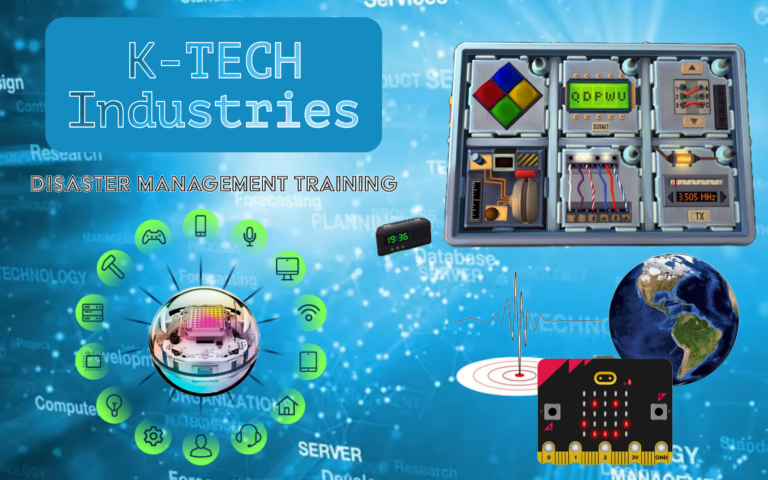
Year Level: | |
Industry Focus: | |
Technologies used: | |
Max Students: | 75 per day |
Duration: | 9.30am to 2.30pm |
Booking Eligibility: | Open only to KIOSC partner schools |
Introduction
Technology applications into emergency services assists in the deployment of services to aid our community. Algorithmic thinking enables a robot/computer to be given a set of instructions that can automate an emergency response. Using the Internet of Things (IoT) capabilities, data can be provided to inform and monitor emergency situations.
Students are introduced to a training scenario with K-TECH industries (fictional). The video explains the training scenario and the programs the students engage in are listed below.
Program Overview
This program explores algorithmic thinking.
Micro:bit Earthquake Detection
Students understand how micro-controllers are used in modelling early warning systems for earthquakes. The Internet of Things (IoT) enables the data to be collated and analysed in real time. In the training scenario, students must find the epicentre of the Earthquake to enable safe transport through the city to stop the countdown.
K-Bot Sphero
Students use block coding to program their sphero K-BOT through the earthquake chaos to reach the demolition site. IoT is used to track the sphero arriving at the site ready to stop the countdown.
VR Bomb Defusal
Algorithms are used to help relay simple commands from human to computer. In this workshop, students in VR must diffuse a bomb. Their partner, cannot see the screen and so the art of good communication is needed to relay instructions or you it will explode. This lesson focuses on good communication where students must actively work together to defuse the countdown.
Curriculum Focus
Mathematics/Digital Technologies
